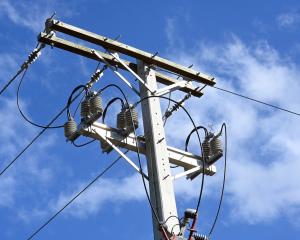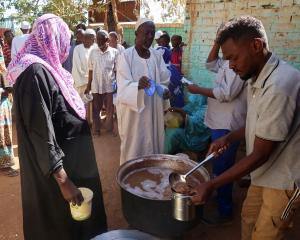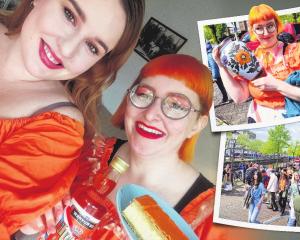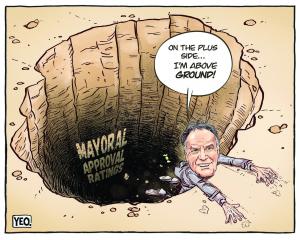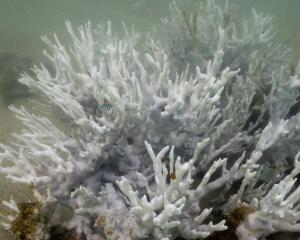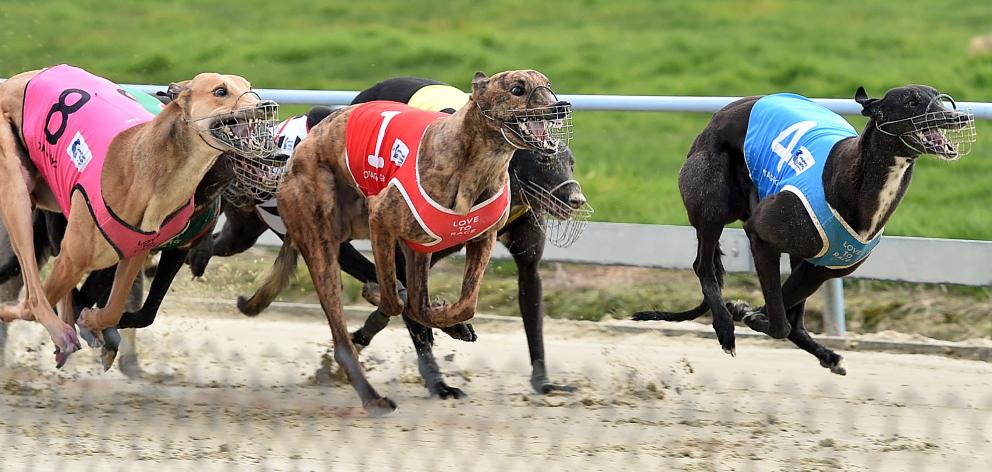
The pain and injuries greyhounds continue to suffer contradict racing industry claims of animal welfare as second-to-none.
That Manukau is another track that has temporarily closed because of a high rate of injury, despite decades of racing there, testifies to the failure of the injury prevention strategies.
The public deserves to know that every greyhound is hurt and injured many times.
March 2024 post-race reports, written by veterinarians, are typical: bruising both hind legs; fractured radius/ulna; torn gracilis muscle/s; carpal sprain both wrists; compound fractures of radius and ulna; chipped wrist bone; bone chip carpus; spike wound lacerations; fractured right hock; fractured left hock; shin soreness; long head tricep pain; pain in wrist; pain in gracilis; muscle shoulder pain; pain suprascapular muscle.
Then there is: distress post-race; laceration left hind leg; pectoral pain; bicep femoris pain; pain in carpus; split webbing; laceration to the nose; triangle muscle pain; Achilles tendon pain; ‘general muscle pain’; pain in toes of both front feet; cramp; lame in a pin muscle; laceration of dew claw; tarsal sprain; laceration left stifle; vet-assessed probable spinal injury before dying from blood clots; gastrocnemius injury; pain over both whip muscles.
And also: left triceps injury; dislocation; stopper bone pain; injury to both hip supports; whip muscle pain; hock sprains; ‘‘poor recovery post-race’’; death in kennel block after hitting rail and colliding with another dog and sand burn on both hind feet.
Many injuries occurred in numerous dogs. Some months include additional injuries such as fractures to both hocks, and euthanasia.
Race footage is careful to omit spectacular falls, where possible. Replay in slow-motion either cuts off before the falls, or is omitted altogether. Recently, on two race days, fallen dogs ran towards the field coming back around the track. The footage was not shown.
Races are designed such, that packs of eight dogs whack into each other as they exit the boxes, crossing in front of other dogs. (This is different to horse racing where jockeys steer animals away from most collisions.) No welfare improvements have prevented this.
Many tear muscles and fracture bones within a few strides, even without collision; there is no warmup to prevent this.
Collision is not a sign of good animal welfare, but a byproduct of dog racing, and overseas, on straight tracks, falls have shown dogs breaking their backs, so they’re no easy answer either.
The falls and forward and sideways somersaults are horrendous. Sometimes injuries are not found, despite dogs trailing the field afterwards.
Rehoming after the fact, ignores the suffering caused by racing them in the first place, and ignores the physical impacts they carry that show up later. These dogs have been stressed and stretched to the max. There will be problems.
Deputy Prime Minister Winston Peters, is currently looking into greyhound racing. Cabinet will also have a say, and there is bipartisan support for a ban.
It is hoped Mr Peters, who is also Minister for Racing, does not buy into industry animal welfare claims in the face of the evidence in race reports, evidence that makes it clear that you cannot race dogs without hurting and tearing up their bodies.
Dog racing lost its social licence some time ago and has no future in New Zealand.
Mr Peters has the opportunity to make international headlines and animal welfare history, by bringing years of reports, chances, reviews and evidence to its natural conclusion and ending dog racing once and for all.
■Lynn Charlton is an animal rights advocate.

